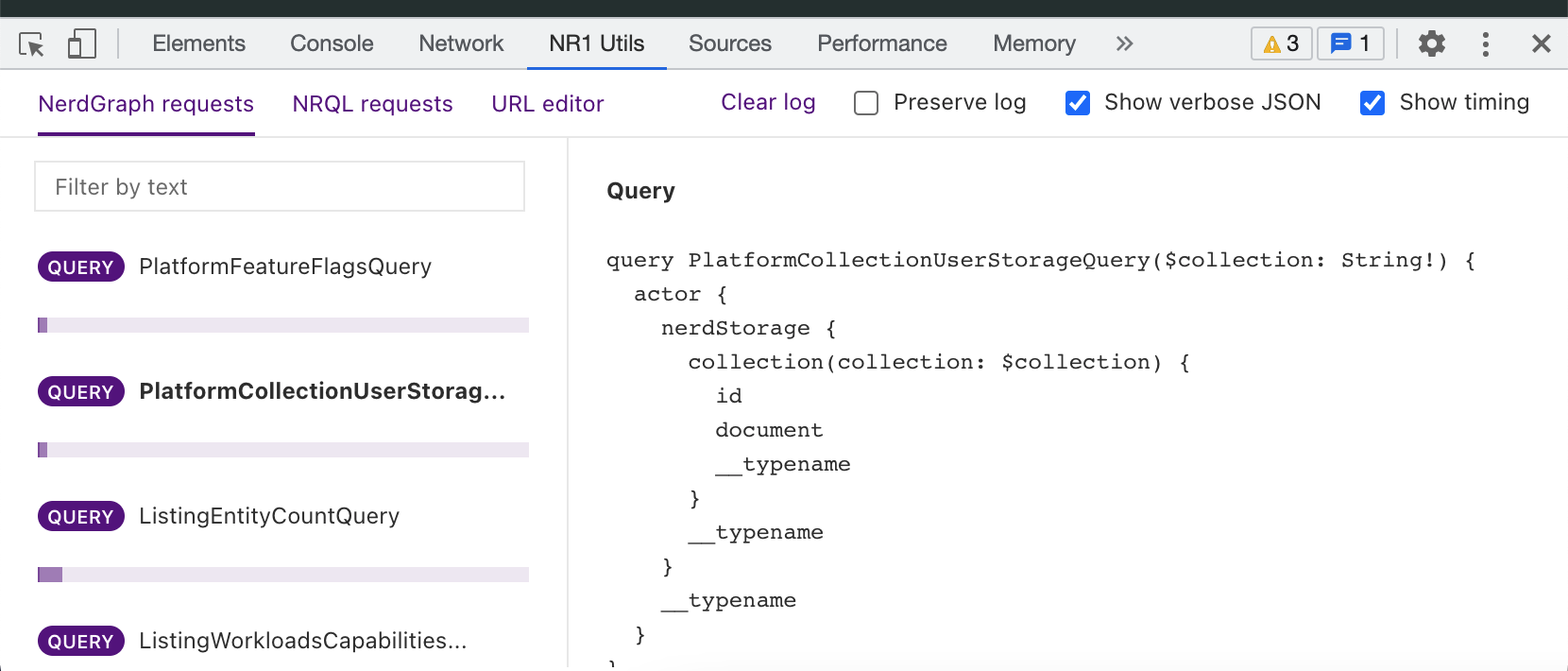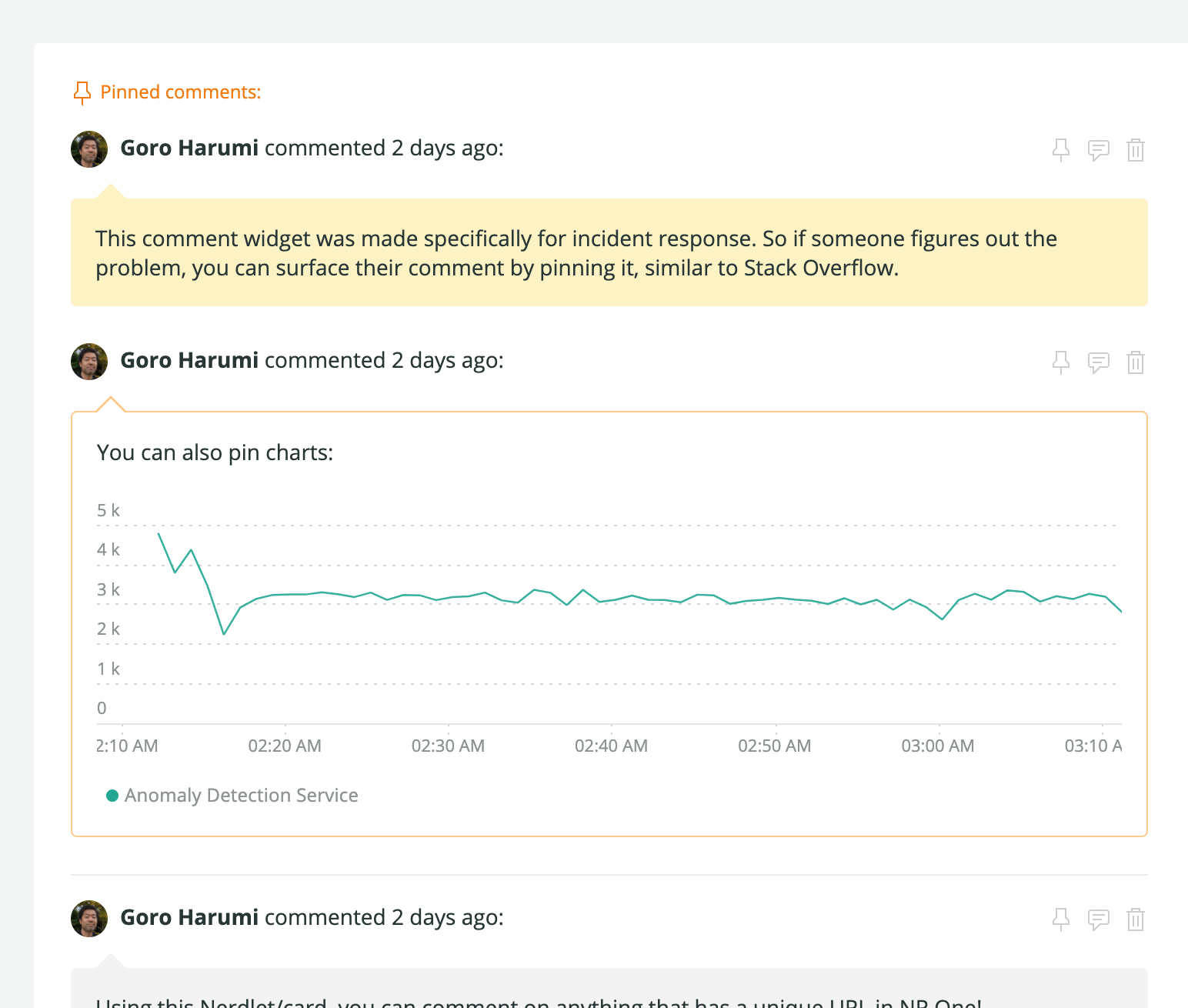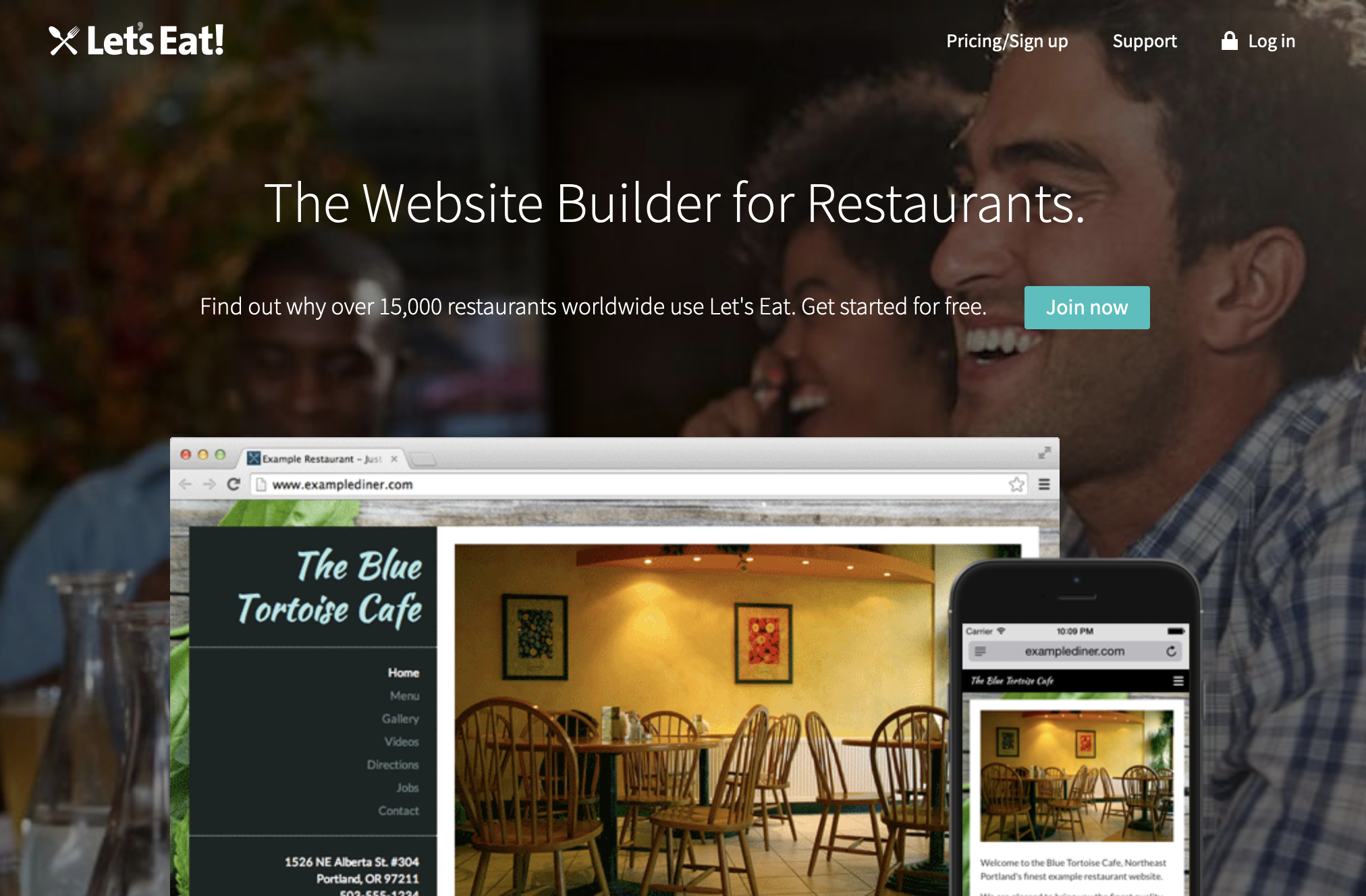I created a custom 3D charting library using Three.js (and D3 to handle ratios, etc.) and designed a UI around it drawing on inspiration from sci-fi movie user interfaces.
The chart shows the rolling 10 minute rate of change across three common application performance metrics— throughput, response time, and error rate.
- TypeScript
- React
- Three.js
- D3
Schemata is simple, isomorphic service map maker that outputs SVG, so that you can have pretty, razor-sharp service architecture maps in your GitHub README.
I tend to learn best by doing, and I wanted to learn how to work with raw SVG, so this was my project for it. The only dependencies were React and Redux, the rest was handwritten, including handling ratios, click tracking, etc.
There was a Kotlin (Spark) app persisting these in Redis, but I removed that aspect of it.
Demo: https://schemata.goro.dev
- React/Redux
- Snowpack
- Kotlin/Spark
- Redis
- Docker
URLSampler is a web-based MPC-style sampler. It uses links as sample sources, turning the entire internet into your sample source.
This project was written using TypeScript, React, and Howler (sound library to play back MP3s).
Demo: https://urlsampler.goro.dev
Code: https://github.com/goro/urlsampler
- TypeScript
- React/Howler
- Snowpack
- Docker
New Relic uses GraphQL for all of its recent APIs. I was frustrated by the only GraphQL extension I found in the Chrome Store (and so were other devs at NR), so I wrote my own GraphQL network tab. It intercepts and formats the request and response from NR's central API.
- TypeScript
- React/Redux
- Snowpack

This is a comment form and interaction I designed for an anomaly UI I was working on. It is fairly robust, allowing for threads, pinned comments, and embedded charts. The org really like it when I demoed my prototype, and it became adopted as the platform standard design for commenting in the various UIs.
I don't feel like the design is anything special, but am proud of having something I came up with presented as part of the latest annual keynote.
- TypeScript
- React

Let's Eat is a website builder for restaurants. I built Let's Eat from scratch, designed every page, and wrote every line of Ruby. I ran Let's Eat for a living for 3 years, only moving on from it because my son had just been born and I had some concerns about health insurance, 401k, etc.
At it's peak, Let's Eat was the website builder for 15k+ restaurants in just about every country around the world.
- Ruby on Rails/Sinatra
- MySQL/Memcached/Redis
- Nginx
- ImageMagick
- AngularJS
- Webpack
- Stripe and various SaaS

I built this simple app to handle mundane dev tasks— testing webhook payloads, deserializing base64 strings, dealing with timestamps, etc. I add to it every so often when a coworker asks, it's a really simple service, but is way nicer than popping open the console and typing things out each time.
Aside from the webhook endpoint, it's mostly just a wrapper around various JavaScript APIs.
- Kotlin/Ktor
- Redis
- Preact
- Snowpack
- Docker
At the beginning of pandemic, I wrote a Scrabble clone so that I could play games with my family over the internet.
Demo: https://scrabble.goro.dev
- Kotlin/Ktor
- Redis
- React
- Snowpack
- Docker
This is just me messing around, learning to work with the WebSocket API in Kotlin/Ktor. It is a multi-user streaming chat web app based in the world of the classic Nintendo game River City Ransom. It was pretty half-baked, and I never deployed it anywhere, just a fun hack.
It's kind of like Slack, but more violent 😆.
- React
- Snowpack
- Kotlin/Ktor